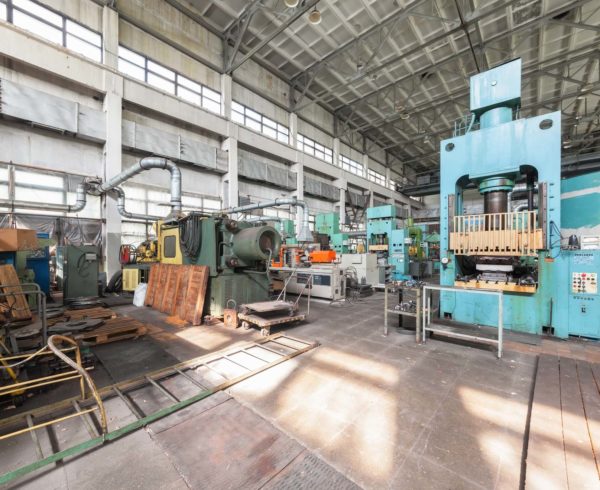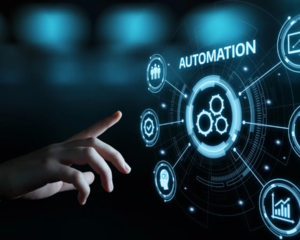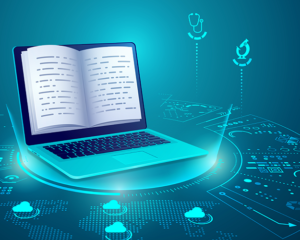The Fifth Industrial Revolution encompasses an integration of advanced technologies such as artificial intelligence (AI), robotics, nanotechnology, biotechnology, and the Internet of Things. Subsequent to this emergence, to thrive in this digital era, individuals must develop essential skills, including creativity, critical thinking, problem-solving, adaptability, digital literacy, emotional intelligence, resilience, and cross-cultural competence. These prompts understanding the science of learning in the digital age as a start.
The human brain’s ability to learn new concepts is an evolutionary and adaptive process that relies on a combination of cognitive, emotional, and neural mechanisms. Over the past 100 years, several learning models have emerged and evolved, reflecting the changing perspectives on how learning occurs and how best to support learners. These models have contributed to shaping educational practices and policies since the early 20th century such as Behaviourism, as well the most recent being Inquiry-based and Personalised learning.
These learning models have evolved and interwoven over time, influencing educational theories, curriculum design, pedagogical (methods of teaching) practices, and the use of educational technology. Integrating insights from these models helps educators create dynamic, learner-centred approaches that recognise the complexity of learning and the diverse needs of learners. Additionally, these models continue to adapt to the evolving landscape of education, including the integration of digital tools, the emphasis on equity and inclusion, and the growing understanding of neuroscience and cognitive psychology in learning.
Furthermore, neuroscience plays a critical role in the science of learning, offering insights into brain plasticity, neural networks, and the impact of various learning modalities on the brain. Understanding the neural mechanisms underlying learning in digital modalities can inform the design of more effective and personalised educational technologies.
Neuroscience leverages multimodal learning modes such as visual, auditory, kinaesthetic, and interactive elements, which supports diverse learning preferences. Using multimedia resources, interactive simulations, and virtual experiences enriches the learning environment and caters to different learning styles. This has been substantiated in Letsema’s collaboration with a leading provincial education department during an educator transformation program (neuro-linguistic based). Neuro-linguistic programming techniques in collaboration with program and change management models were key influencers in a 15-20% increase in adoption as reported by quantitative assessments. These indicate an increase in enabling belief systems, optimised communication techniques with peers and learners, improved conflict management capabilities and growth mindset shifts.
What is the key challenge in digital age learning?
One of the biggest challenges of learning in the digital age is effectively managing distractions and maintaining focus in an environment filled with various forms of digital stimulation. The constant availability of digital devices, social media, and online entertainment can significantly impact learners’ ability to concentrate on learning tasks and maintain sustained attention. The proliferation of information and resources on the internet can lead to information overload, making it challenging for learners to discern relevant, credible information from the vast amount of available content. In addition, research suggests that this challenge may further exacerbate the digital divide thus creating disparities regarding equitable access to technology and digital resources to learners globally.
What are suitable digital learning pedagogies?
In the digital age, the best learning pedagogy combines elements from various educational theories and models to create a dynamic and effective approach to digital learning. A few key components of a pedagogy suitable for digital learning in today’s age:
- Hybrid Pedagogy: Embracing a hybrid pedagogical approach that combines elements of traditional face-to-face instruction with online learning can offer a balanced and flexible learning experience. This approach allows for leveraging the benefits of both in-person interactions and digital resources, catering to diverse learning styles and needs.
- Blended Learning: Utilising a blended learning approach, which integrates online resources and activities with traditional in-person instruction, can provide learners with opportunities for self-paced learning, collaborative online projects, and personalised instruction.
- Personalisation and Differentiation: Incorporating personalised learning strategies that cater to individual learning preferences, progress, and interests is essential in the digital age. Adaptive learning platforms, differentiated instruction, and individualised learning pathways can help meet the diverse needs of learners and optimise their learning experiences.
In partnership with a large energy and chemicals company headquartered in South Africa, Letsema observed that the above combined digital learning pedagogies were imperative for a successful entrepreneurship development programme. During this programme, the budding entrepreneurs had remote access to the global digital learning platform and internationally accredited course material. The platform utilised the latest developments in the field of blended learning that focused on a methodology allowing the course material to be utilised by differently skilled individuals. In addition to the platform, the entrepreneurs were supported with 24 hours of entrepreneurship training content, business specific competence training, group, and one-on-one coaching sessions. A total of twenty-seven new start-ups were generated at the end of November 2021 with multiple employment opportunities created.
In the context of digital learning specifically online learning, a key insight from educational psychology is the role that metacognition (awareness and reflection of our thought processes and behaviour patterns) plays in the learning process. Moreover, fostering metacognitive skills significantly contributes to achieving higher levels of learning, thus empowering learners. “Research indicates that within the digital age of education, metacognition serves as a reliable tool, guiding learners through learning complexities and facilitating effective problem-solving”, says educational psychologist Melini Naicker.
According to AI specialist, Liam Webb, “It’s truly fascinating to see how learning is evolving in the digital age. One of the most exciting aspects of this evolution is the integration of tools like ChatGPT, I believe we are on the brink of a revolution in how we learn and teach”.
AI tools like ChatGPT make learning more accessible and personalised, which means having a tutor fully available that can answer questions, provide explanations, and even adapt to your learning style.
The future of learning with AI also holds promise for continuous improvement and adaptability. As AI systems learn from interactions, they can provide increasingly accurate and tailored feedback, helping learners to constantly improve and adapt to new information.
How can educational institutional and corporate organisations assist with the Digital Age learning?
Firstly, maintaining a sense of community and connectedness in digital learning environments can be challenging. Building meaningful relationships and collaboration among learners and between learners and educators in virtual settings requires intentional effort and thoughtful implementation of digital communication and collaboration tools.
Secondly, a learning culture within an organisation encompasses the collective values, attitudes, and behaviours that prioritise continuous learning, professional development, and knowledge sharing. Cultivating a strong learning culture offers numerous benefits to both the organisation and its employees.
A strong company learning culture offers a wide range of benefits, including increased adaptability, employee engagement, performance improvement, knowledge sharing, agility, leadership development, continuous improvement, and talent attraction. By prioritising continuous learning and development, organisations can create a dynamic and resilient environment that supports both individual and collective success.
Thirdly, the integration of AI into the learning process stands not just as an additive tool but as a new way of learning, capable of evolving our understanding of education from its core. This moment in history marks a paradigm shift wherein the human brain, meets its match in the form of artificial intelligence, opening avenues for enhancing cognitive processes and learning efficiency.
In conclusion, the science of learning in the digital age is a dynamic and multifaceted field that integrates learner-centred approaches from cognitive psychology, neuroscience, educational technology, artificial intelligence and data science to understand how people learn in an increasingly digital and technology-driven world. By understanding these processes and system educators, learners and organisations can employ effective learning strategies and instructional techniques to support the human brain’s natural capacity for learning and knowledge acquisition.
References:
Metcalfe, J. (1996). Metacognition: Knowing about knowing. Cambridge, MA: MIT Press.
Weil, L. G., Fleming, S. M., Dumontheil, I., Kilford, E. J., Weil, R. S., Rees, G., Dolan, R. J., & Blakemore, S. J. (2013). The development of metacognitive ability in adolescence. Consciousness and Cognition, 22(1), 264–2711












